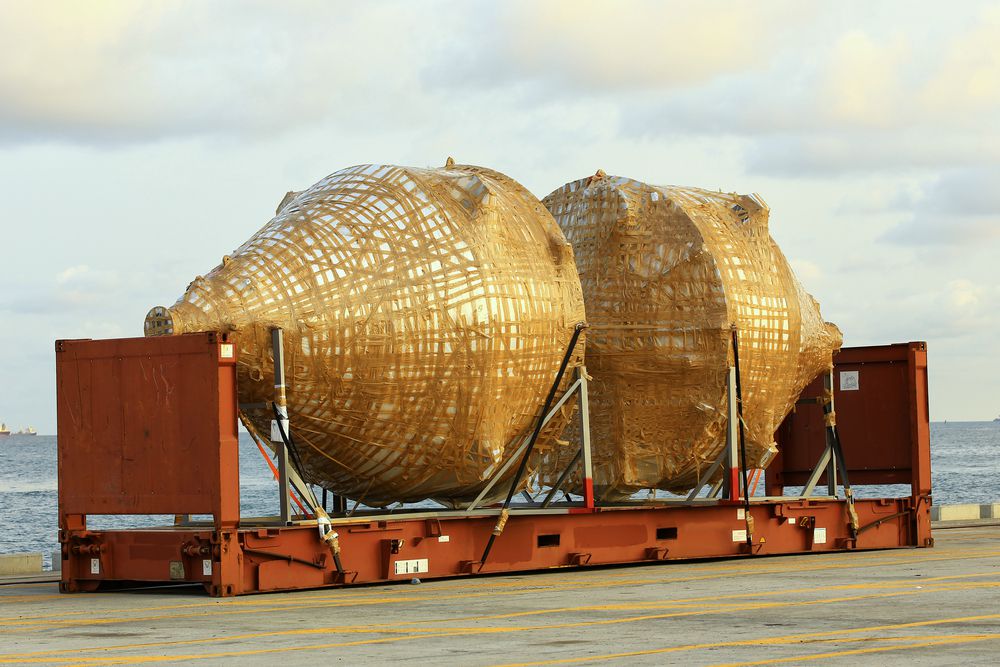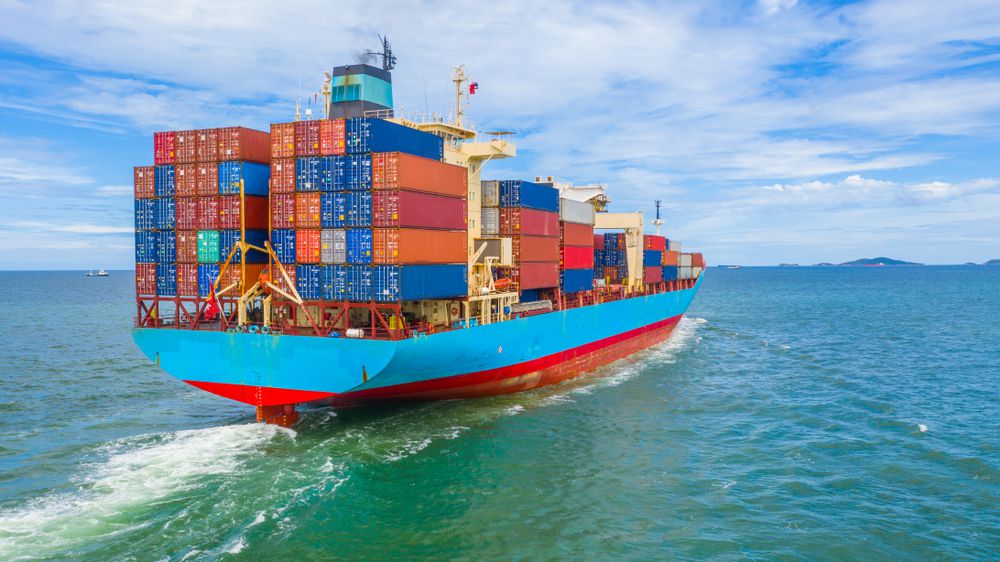What are the Types of Ocean Freight Containers?
Ocean freight containers are essential tools that play a vital role in logistics, especially in the case of ocean transport. It is estimated that at any single time, there are more than 20 million ocean freight containers (of different types) on the move worldwide. The amazing advantages of ocean transport make it a popular choice for shipping services.
Choosing the right type of container for ocean freight shipment is a decision that businesses must take seriously. Since there is a wide range of container options available for ocean freight, it can be confusing. The main reason this decision is crucial is to get the right container that is best suited for your cargo shipping needs.
With the understanding of different ocean shipping container options, you can choose the most appropriate one for transporting your goods. It will also help you streamline your shipping strategy and prevent a mistake that will cost thousands to fix. All in all, deeply understanding the different types of ocean freight containers can help ensure that your products arrive safely and securely.
Types of Ocean Freight Containers

While most shipping containers might look the same, their uses and functions vary greatly. Depending on your cargo, the type of ocean container you might need will vary from shipment to shipment.
Standard Container
Standard containers are completely-enclosed storage with a firm roof, floor and walls. Also, it has at least one end wall that has a door for easy and quick access. These containers are the most common container shipping option and are used to ship dry cargo packaged in bags, boxes, pallets, bales, etc.
Both the 20′ and 40′ standard containers carry the same amount of weight. Thus, it’s ideal for shipping heavier cargo in a maxed-out 20′ standard container. On the other hand, the 40′ high cube container is best used for taller cargo. More so, some of these containers are fitted explicitly for hanging garments transportation.
Standard Container Available Sizes (based on length x width x height):
- 20’ x 8’ x 8’6”
- 40’ x 8’ x 8’6”
- 40’ x 8’ x 9’6” (high cube)
Hardtop Container
If most of your shipments are considered heavier-lift cargo, hardtop containers are the best option for you. They are created and designed with steel roofs that you can remove for easy and quick packing. Besides, they have removable ceilings that make it easier for cranes to load goods/products in the container.
Furthermore, the door header on the end wall(s) can be flipped out. They’re even more capable of carrying taller items, particularly the 40′ and 40′ high container options. If you are worried about a very tall cargo, you can completely remove the roof and lash it to the container’s inside wall. However, it requires about five ⅛” of space.
Hard Container Available Sizes (based on length x width x height):
- 20’ x 8’ x 8’6”
- 40’ x 8’ x 8’6”
- 40’ x 8’ x 9’6” (high cube)
Flat Rack Container

Flat racks containers are designed with a steel frame, a wooden floor, fixed or collapsible end walls and no sidewalls. Some flat rack containers have end walls that fold flush with the base. They also have robust floors, so they’re commonly used to transport bulky, oversized, or heavy cargo.
Besides, you can stack one flat rack on top of another flat frame if properly packed. This allows for more large products to be transported via ocean shipping services.
Flat Rack Available Sizes (based on length x width x height):
– 20’ x 8’ x 8’6”
– 40’ x 8’ x 8’6”
– 40’ x 8’ x 9’6” (high cube)
Platform Container
A platform container is designed with a floor structure without any end or sidewalls. They’re also made of a wooden floor and a steel frame. These containers are built to carry extremely heavy-lift and oversized cargo, including ones that are concentrated on different parts of the container floor.
Platform Container Available sizes (based on length x width x height):
- 20’ x 8’ x 8’6”
- 40’ x 8’ x 8’6”
Open Top Container
Open top containers are substantially similar to general/standard containers. The only difference between the two types of ocean containers is the absence of a firm roof. Instead, they have a flexible tarpaulin roof, which you can use or entirely remove if you wish.
In addition, its tarpaulin roof can also be supported on either movable or removable bows. You can also flip its door header on the end walls.
These containers work well for overweight cargo transportation because you can move the tarpaulin to allow crane access to the top of the container. Also, the presence of roof bows can help stabilize the container. Open top containers are also good options for heavy-lift or bulky cargo.
Open Top Container Available Sizes (based on length x width x height):
- 20’ x 8’ x 8’6”
- 40’ x 8’ x 8’6”
- 40’ x 8’ x 9’6” (high cube)
Reefer Container

Reefer container is short for a “refrigerated container.” This type of ocean container can be described as a thermal, insulated unit with compressors for cooling or heating the container’s cargo. Usually, the reefers’ walls contain polyurethane foam (known as “sandwich construction) for efficient insulation. Most of the reefer containers also boast adjustable ventilation, which allows for better internal airflow.
They are specifically designed for shipping temperature-sensitive goods and other types of perishable products. You can transport goods that need to stay at a constant temperature above or below freezing in reefer containers.
Reefer Container Available sizes (based on length x width x height):
- 20’ x 8’ x 8’6”
- 40’ x 8’ x 8’6”
- 40’ x 8’ x 9’6” (high cube)
Insulated Container
An insulated container is almost similar to a refrigerated container. It has Polyurethane foam on its walls that maximizes its insulation capabilities.
Also, it has a vessel cooling or “clip-on” unit for controlling the temperature. This container is recommended for cargo that needs to stay at constant temperatures or below freezing point.

Insulated Container Available Sizes (based on length x width x height):
- 20’ x 8’ x 8’6”
- 40’ x 8’ x 8’6”
Get An Estimate Today
If you are looking for ocean freight services, All Freight Shipping has an extensive network of ocean freight carriers. It allows us to get your freight on the way to the delivery point as fast as possible. Also, if you need services for larger cargo, we provide services for that. To cap it off, our ocean shipping services come with expert help in the documentation of ocean freight.
To get an estimate today, you may call us via 647-691-5535 or email us at info@allfreightshipping.com. Move your freight across international borders safely and smoothly!

